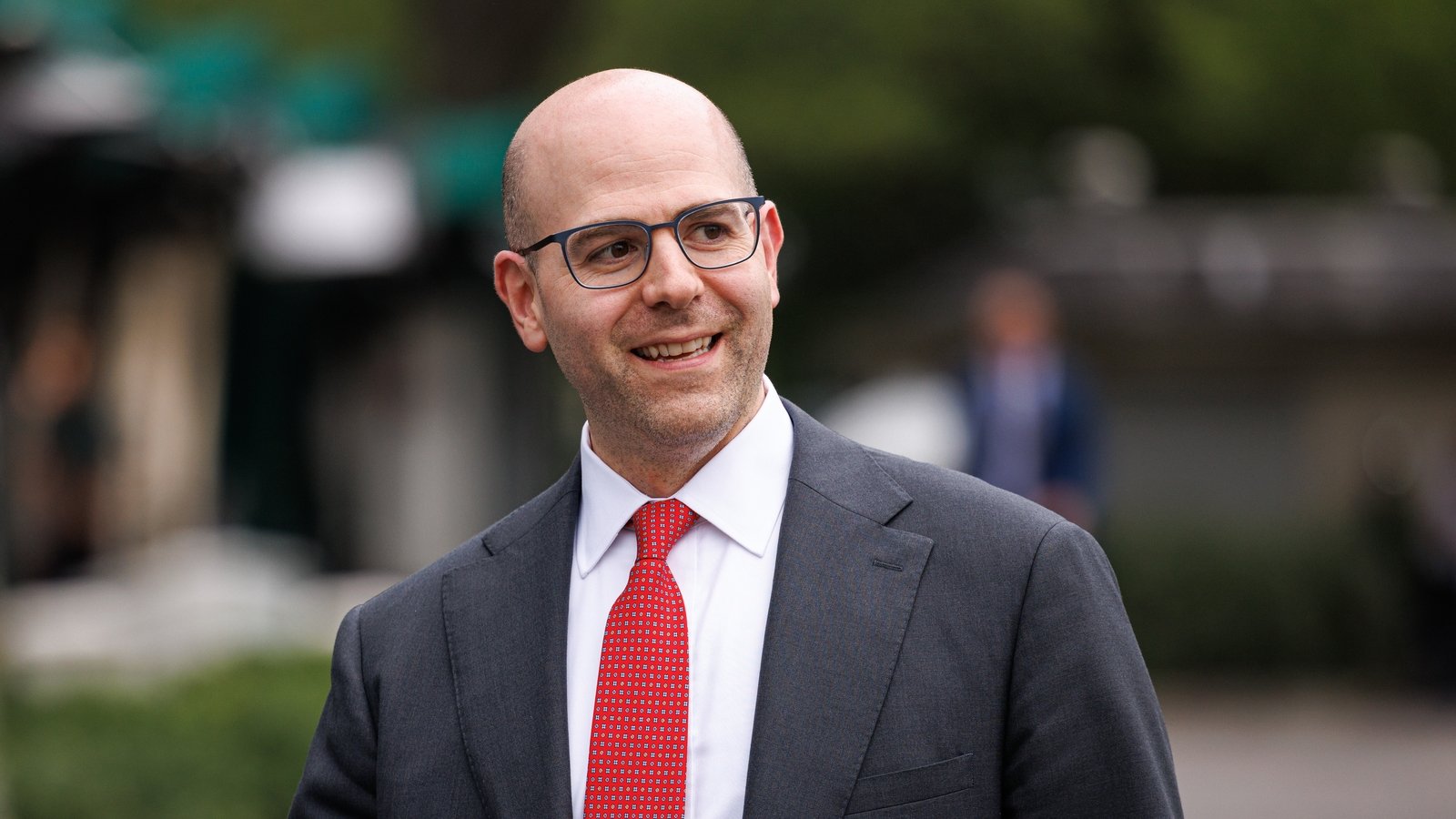Having railed against the “revolving door” between the executive branch and the US Federal Reserve, Council of Economic Advisers Chair Stephen Miran may now be walking through it after President Donald Trump nominated him to the Board of Governors of an institution Miran would like to radically overhaul.
In a report last year co-authored by Miran for the Manhattan Institute, the economist proposed harsh medicine for a series of ills he felt had infected the central bank, from “group think” on monetary policy, to regulatory overreach, to poor accountability and a loss of focus on its core mission of fighting inflation.
It was one of two big-think ideas Miran floated last year, along with the so-called Mar-a-Lago accord for devaluing the dollar and restructuring US debt, a proposal that quickly fell into disfavor and was criticised as putting the dollar’s global reserve status at risk.
His views on the Fed might also be a hard sell.
He has argued that the Fed’s touted independence has left it unaccountable and ineffective and that it would be better served by a new system where presidents could fire the seven members of the Washington-based Board of Governors at will.
To counter that presidential power, authority over monetary policy would shift to the 12 regional Federal Reserve banks, whose leaders would all vote on monetary policy and thus be able to outvote the Board, and whose oversight would come under the control of state governors.
Instead of a system insulated from politics it would be a system fully infused with it, but in a form of “monetary federalism” Miran argues would increase accountability.
Whether that flies with US Senators who have to confirm Miran’s selection and who are already on edge about Trump’s attacks on the Fed, remains an open question, as does the verdict of global bond markets concerned about the ability of a politically captive central bank to control inflation.
Long-term Treasury yields and the interest rate on inflation-protected bonds rose slightly in the hours after Miran’s nomination was announced. Expectations of a quarter-point cut at the Fed’s September and December meetings changed little.
